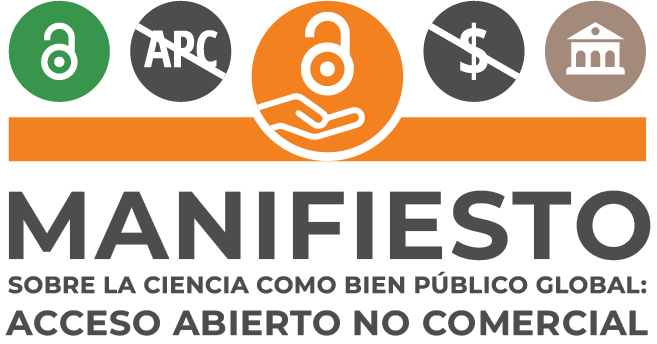Inclusión financiera para poblaciones migrantes
DOI:
https://doi.org/10.69789/ccs.v9i1.686Abstract
Financial inclusion reduces poverty gaps and reduces the social marginalization of populations; Therefore, it is not the exclusive responsibility of the financial system; public policies are also required to guarantee access to financial products designed according to the reality of the different population segments. But, if we are going to refer to the financial inclusion of migrant populations, we must dare to segment them into population groups related to human mobility. Initially, 4 main population segments linked to migration are identified:
1. Migrant workers residing abroad
2. Voluntary returnees who wish to live their retirement in El Salvador
3. Families receiving remittances
4. Deported
Without a doubt, other equally important segments depend on each of them. Financial inclusion of migrant populations is essential to promote their economic and social integration in the receiving country. Each population segment related to human mobility has specific financial needs and, therefore, requires financial products and services adapted to their needs.
Downloads
Published
Issue
Section
License

This work is licensed under a Creative Commons Attribution-NonCommercial-ShareAlike 4.0 International License.
Los artículos de Ciencia, Cultura y Sociedad están publicados en acceso abierto bajo una licencia CC BY-NC-SA 4.0 de la Universidad Evangélica de El Salvador.


















